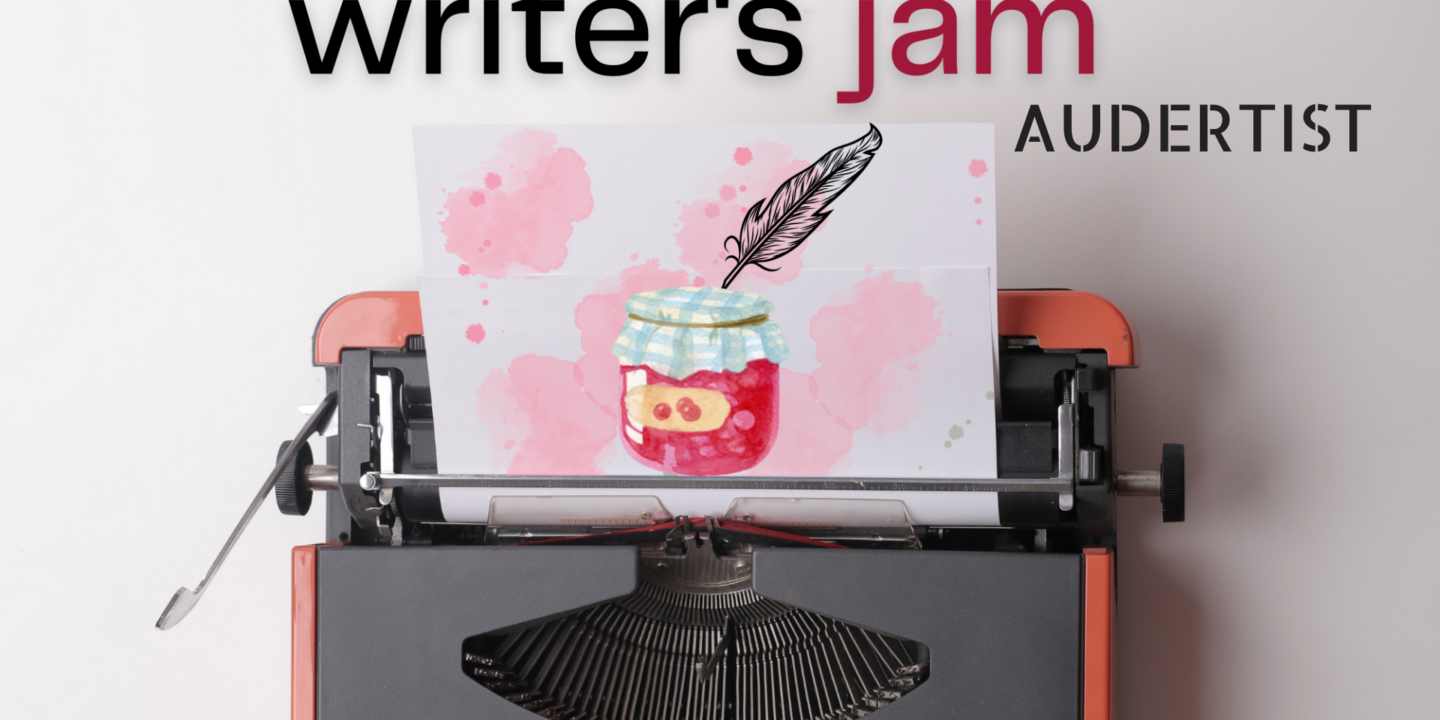
Welcome all writers to the Writer’s Jam! Today, on the writer’s Jam, we will be taking a little crash course into the rules on dialogue and grammar. For many writers, both new and experienced, it can feel like an uphill battle for self-improvement. But, don’t worry, this article here was written in an effort to loosen your burdens and help you continue to strive for artistic success. Here’s a short little compilation of the common errors new writers often make a little tumble on concerning dialogue.
Be sure to watch out for these creepy crawlers, or they’ll come looking for you!
Dialogue, Dialogue, Dialogue!

Dialogue. We all know of it, and we all love and hate it. Some writers feel dialogue is the easiest thing that comes naturally, others feel it is the hardest to capture real human interaction on the pages. Whatever the case may be, when writing dialogue, many writers have a tendency to ignore all grammar rules and just regurgitate characters speaking onto the page.
In essence, a lot of writers just start writing with their own forms of dialogue that make it hard for readers to follow and keep up. For example, I one read a dialogue on an online novel that was written a little like this:
‘I don’t know, Diva. I don’t have the answers.’
‘Well, somebody has to have them.’
Diva walked to the corner of the room, thinking, ‘he’s lying to me. I know he knows something.’
You’ll notice that it is almost impossible to tell who is speaking, why they are speaking, and what the heck is going on in a scene like that. You can’t tell the difference between the actual dialogue and what’s a character thought. In other words, it’s a mortal writing sin! (cue dramatic music). Readers would shut your book so fast; they wouldn’t even have time to blink!
As writers, it is obviously clear; we need readers—in fact, you should want readers. So, it’s important that you know how to write dialogue because dialogue will comprise a majority of your book, and you will lose or keep the reader’s attention depending on how you handle it.
When writing dialogue in English or just writing dialogue in general, the dialogue almost always will be formatted in this form some way or another:
Double Quotations “” + Dialogue (what is being said) + Punctuation (periods, commas, question marks, etc.) + Speaker Tag (aka he said, she said, they said, etc.)
Now, that’s a word salad, so here’s what that looks like in plain words:
Example:
“Gettyra, help me! I think the demon is trapped in this book!” Hex shouted.
Gettyra laughed, staring at Hex. She parted her lips with a smirk. “Demon inside of a book? No, way, you’re absolutely kidding me!” she said with a snicker as she shook her head in fake disbelief.
“Gettyra! I said help me!” His hands were starting to burn with a tingling sensation as he held the cursed book. “Your sarcasm is not admirable or needed in life-or-death situations!”
Notice the formatting of each of these dialogues is different. We can find dialogue tags in three different places: before, after, or in the middle of dialogue.
Depending on where the dialogue tags are, you use different punctuation and capitalization. A general rule of thumb for this is:
When dialogue tags are before the dialogue, it looks like this:
Gettyra asked, “Do all of you humans have to be whiny and spineless?”
Or
Gettyra sighed. “Do all of you humans have to be whiny and spineless?”
Deep breakdown for Before Dialogue Tags:
- Use a comma after the dialogue tag.
- If the dialogue is the beginning of a sentence, capitalize the first letter.
- End the dialogue with the appropriate punctuation (period, exclamation point, or question mark), but keep it INSIDE the quotation marks.
- Notice the dialogue consists of open-and-closed dialogue tags, “…..” The dialogue tags are followed by what’s known as an action clause. There are different ways dialogue tags should be formatted grammatically, depending on the type of sentence.
When dialogue tags are used after the dialogue, it looks a little like this:
“Do you always have to act like I’m-a-demon-from-hell-who-thinks-humans-are-stupid-puny-creatures? Can you pick like just one designated time to be like that?” Hex asked.
or
“Do you always have to act like I’m-a-demon-from-hell-who-thinks-humans-are-stupid-puny-creatures? Can you pick like just one designated time to be like that?” asked Hex.
Deep breakdown for After Dialogue Tags:
- Punctuation still goes INSIDE quotation marks.
- Unless the dialogue tag begins with a proper noun, it is not capitalized.
- End the dialogue tag with appropriate punctuation.
And finally, when dialogue tags are used in the middle of dialogue, it looks like this:
“I don’t hate humans, no,” she explained, “I just think I’m better than a creature made only a couple thousand eons ago. Or, in plain words that your feeble mortal mind can understand, I was here first, you second. By extension, you are the lesser derivative.”
Deep breakdown for In the Middle Dialogue Tags:
- A comma is used before the dialogue tag and goes INSIDE quotation marks.
- Unless the dialogue tag begins with a proper noun, it is not capitalized.
- A comma is used after the dialogue tag, OUTSIDE of quotation marks, to reintroduce the dialogue.
- End the dialogue with the appropriate punctuation (period, exclamation point, or question mark), but keep it INSIDE the quotation marks.
Dear writers, we hope that some of these notes and tips help. Be sure to keep an eye on our blog for more articles like this.
Resources:
All About Dialogue Tags – Self Publishing School (self-publishingschool.com)
Dialogue Tags: What Are They and How Do We Use Them? (thewritepractice.com)
